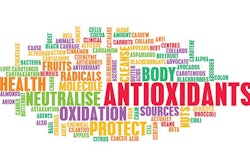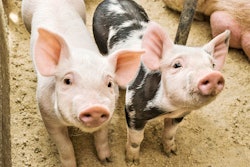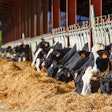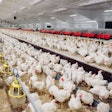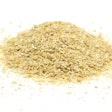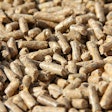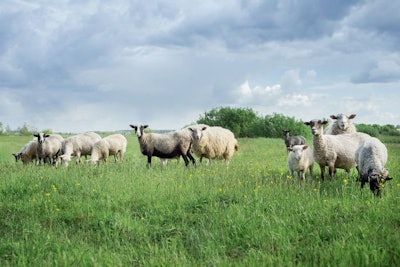
While death from copper toxicity is rare in lambs, care should be taken to avoid the issue
All animals are sensitive to high levels of copper, but none are expected to die from copper toxicity under natural conditions, unless they forage around a copper mine. That is, except for sheep. This species appears to be the most sensitive of the farmed ruminant species, with cattle and goats coming next in order.
Sheep that have accumulated excess copper in their liver are likely, under the right stressful conditions, to experience a sudden liver cell destruction, releasing enormous amounts of copper in the blood stream. This, then, results in quick death, unless rapid measures are taken. The threshold for copper in sheep is much, much lower than in other animals and this is why farmed sheep are not given supplemental copper. In fact, most non-sheep feed labels carry a warning such as “do not feed to ruminants.” This is wrong, but it follows the golden rule of “better safe than sorry;” although cattle and goats are also sensitive to copper, they are not nearly as sensitive as sheep.
All of the above refer to adult animals (ewes), although lambs may also die from sudden copper toxicity in rare cases. For that, they need to consume huge amounts of copper in short time and be exposed to a strong external stress. This is not impossible, but not what one expects under normal conditions. Especially for those lambs destined for the fresh market at young ages (less than 20 kg live body weight), copper toxicity is rather unknown, and if they consume a limited amount of a calf product for a limited period of time, it is unlikely they will die from copper toxicity. This is not to recommend feeding calf products to lambs, but in some regions of the world, having two such distinct products is nearly impossible. Even piglets are known to be fed on calf milk replacers. At any rate, if a non-lamb product must be fed for any reason to lambs, it is the best of ideas to inform and consult with your veterinarian.


